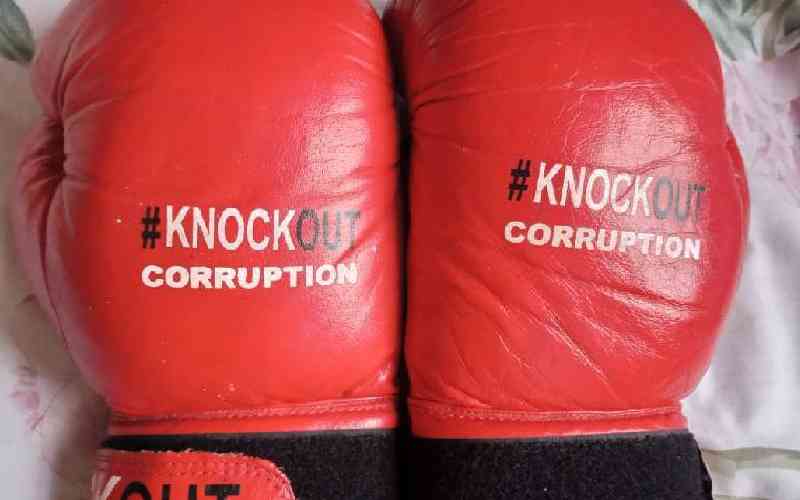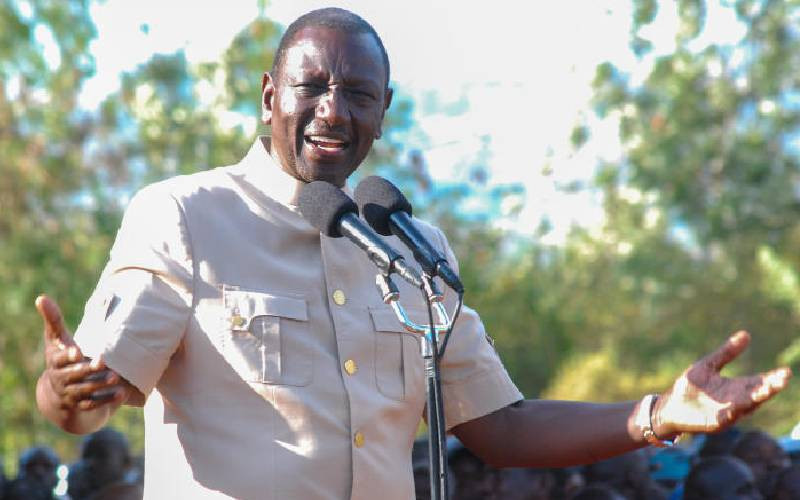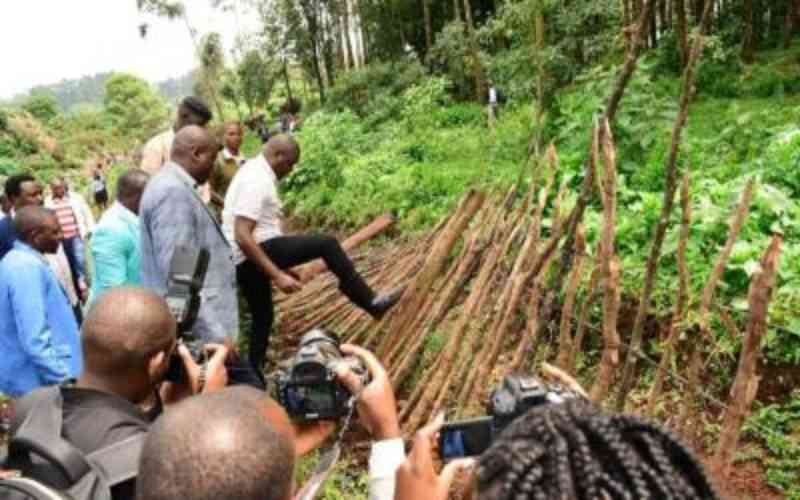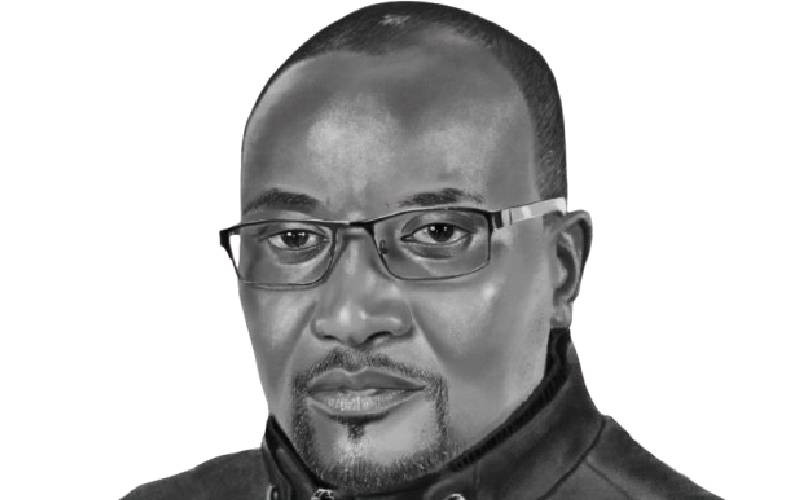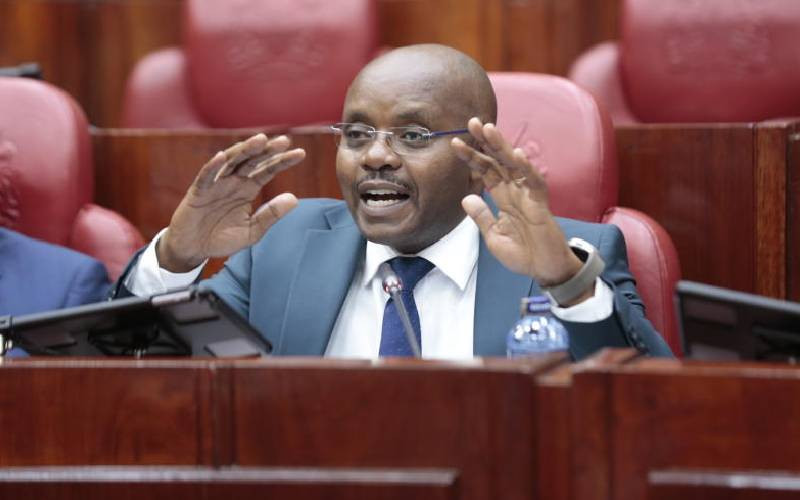Botswana has been Africa’s least corrupt country and holds a very good position internationally.
This is according to the 2014 and 2015 Transparency International’s Global Corruption Perception Index.
This has been enabled by sound anti-corruption structures and judicial practices coupled with political will from the executive arm of the government.
The Directorate on Corruption and Economic Crime’s (DCEC) prosecution rate is considered very high by international standards.
The fight against corruption in Botswana has been institutionalised, with the DCEC providing strategic initiatives and coordinating the government's departments to create an anti-corruption culture. Whereas Kenya was ranked position 139 out of 167 countries in the 2015 Transparency International Global Perception Index, Botswana was position 28.
Botswana was the best in Africa followed by Rwanda in position 44. So why the disparities and what lessons can Kenya and the rest of Africa learn from Botswana?
The most conspicuous aspect about the Botswana anti-corruption framework is the bottom-up approach and corruption prevention as opposed to the top-down and punitive approach.
The bottom-up approach entails mass grassroots campaign, public education, involvement of special interest groups and partnerships with government departments.
It also includes an anti-corruption culture created through attitude change from the youth and children. DCEC has employed numerous anti-corruption initiatives that EACC can learn from, like reducing public sector corruption risks.
DCEC seeks to reduce public sector corruption risks through conducting a corruption risk assessment. A Corruption Risk Assessment (Corruption Audit) is simply a careful examination of what could lead to corruption. It is a tool that is used to detect and assess corruption risk exposures within functional areas and develop mechanisms to mitigate such risks.
DCEC conducts departmental corruption risk assessment for all government institutions and makes recommendations on ways and means of preventing it and improving service delivery.
Another tool is education. The unit conducts massive public education about corruption and solicits public support. The public has been segmented into three categories and various programmes are designed for each of these clienteles. Public Education is available on request to give presentations at government ministries, departments and public forums.
Further, the directorate trains government workers through workshops focused on ministries subject to numerous corruption complaints.
Beginning in 2010, in cooperation with the education ministry, the DCEC integrated corruption issues into the school curricula and offered guidance and counseling.
Other school activities included fairs and exhibitions, as well as competitions in public speaking, writing, and the arts. The directorate supported teachers and students in establishing anti-corruption clubs in secondary schools for “peer-to-peer education” and together with the University of Botswana, the DCEC developed a college-level anti-corruption course.
Stay informed. Subscribe to our newsletter
Similarly, DCEC cultivated a more cooperative media relationship and employed four public relations officers by 2012.
DCEC also maintain a weekly column of corruption prevention tips in the State newspaper, raising awareness and soliciting tips.
DCEC conducts outreach through various media, especially radio, which was popular among rural villagers and urban commuters alike.
EACC must therefore take a holistic approach and employ the three-pronged strategy of investigation, prevention and community education to achieve the desired results.
 The Standard Group Plc is a
multi-media organization with investments in media platforms spanning newspaper
print operations, television, radio broadcasting, digital and online services. The
Standard Group is recognized as a leading multi-media house in Kenya with a key
influence in matters of national and international interest.
The Standard Group Plc is a
multi-media organization with investments in media platforms spanning newspaper
print operations, television, radio broadcasting, digital and online services. The
Standard Group is recognized as a leading multi-media house in Kenya with a key
influence in matters of national and international interest.
 The Standard Group Plc is a
multi-media organization with investments in media platforms spanning newspaper
print operations, television, radio broadcasting, digital and online services. The
Standard Group is recognized as a leading multi-media house in Kenya with a key
influence in matters of national and international interest.
The Standard Group Plc is a
multi-media organization with investments in media platforms spanning newspaper
print operations, television, radio broadcasting, digital and online services. The
Standard Group is recognized as a leading multi-media house in Kenya with a key
influence in matters of national and international interest.

